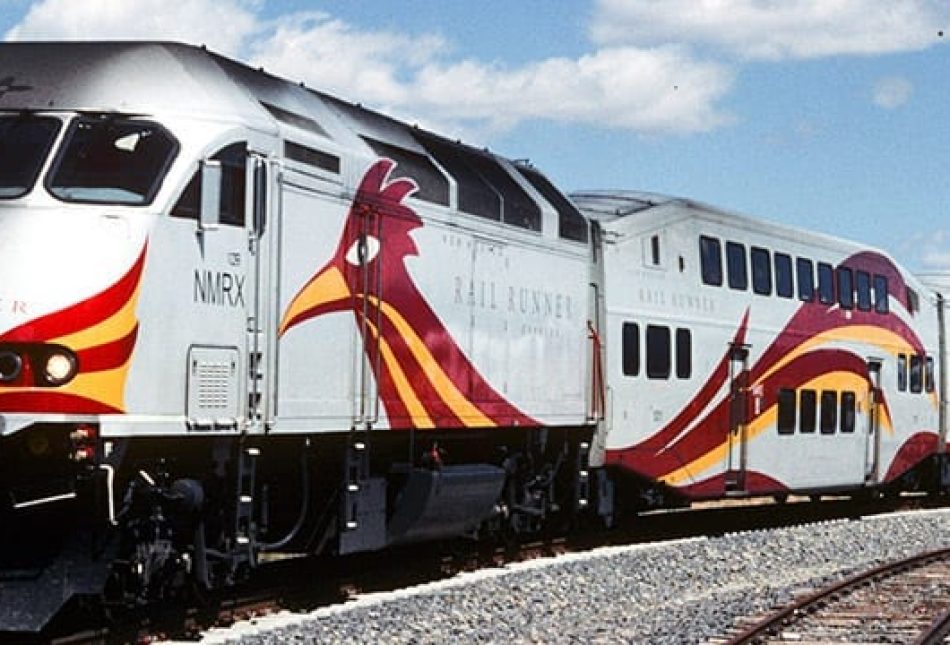Put Rail Runner Out of Its Misery Sooner, Not Later

Originally marketed at a price of $122 million and as possibly being “high-speed,” the Rail Runner shuttles (mostly) tourists and government employees from downtown Albuquerque to Santa Fe and from Albuquerque south to the bedroom community of Belen.
Only recently have New Mexico taxpayers been made aware of the full scale of spending that this project entails. The issue has exploded onto the pages of the Albuquerque Journal and other papers. According to newspaper reports, the train will cost a total of $1.3 billion over the next 20 years.
Regardless of whether you think the Rail Runner is worth the money or not, there is no doubt that the process that created the train is rotten to the core.
Rather than paying the train off in equal annual payments over 30 years as a family would do with a mortgage, Gov. Richardson set up the train’s financing so that he got the credit, but future generations would pay the bills. Future taxpayers are on the hook for two lump sum payments of $230 million per year in 2025 and 2027. These $460 million payments do not include replacement costs for the train sets and track which, according to transportation expert Randal O’Toole, must be replaced at something approximating their original cost every 30 years.
Such shady financing schemes must be prohibited from happening in the future. If a particular project is desired, payments on that project should be spread out evenly over the life of the project, not designed so that current generations reap the benefits while future generations are stuck with the bills.
While it would be painful to do so, the best possible decision at this point is to shut the train down right away. We can’t throw good money after bad forever and, if we shut the train down right away, taxpayers will save $453 million over the next 25 years.
In addition to the system’s shady and costly finances, there are several other reasons to shut the train down sooner than later.
Buses would be more flexible and faster: A system of buses running between various parts of Albuquerque and Santa Fe would be able to transport people at a fraction of the cost and much less time than it takes the Rail Runner to take people from a fixed downtown location to Santa Fe. The train takes 90 minutes to make this trip while a bus could make the trip in 60 minutes. This disparity doesn’t even consider time needed to drive to the train station and wait for the train.
The Rail Runner isn’t really “green”: Amtrak trains (the best available analog available for the Rail Runner when it comes to energy usage) uses 2,700 BTUs per passenger mile, while automobiles currently use about 3,300. That is a slight advantage for rail, but by 2035 (due to federal requirements), the train will still be using 2,700 BTUs, but cars will be using approximately 2,500 BTUs per passenger mile. Amtrak trains – the best comparison available – emit approximately the same level of CO2 gas as automobiles do today.
The Rail Runner has not and will not do anything to reduce traffic on I-25. That’s because daily traffic volume on I-25 (both immediately north and south of town) is so massive as to dwarf the impact of the Rail Runner’s ridership. More than 80,000 cars travel daily on I-25 just north and just south of Albuquerque, while the train’s daily total ridership of 3,397 for the entire system is essentially a rounding error.
New Mexico’s economy is still in the doldrums. Only oil and gas are holding steady. Rather than letting the Rail Runner suck up more money and resources, it’s time to throw on the brakes and stop the wasteful spending.
Paul Gessing is the President of New Mexico’s Rio Grande Foundation. The Rio Grande Foundation is an independent, non-partisan, tax-exempt research and educational organization dedicated to promoting prosperity for New Mexico based on principles of limited government, economic freedom and individual responsibility.

